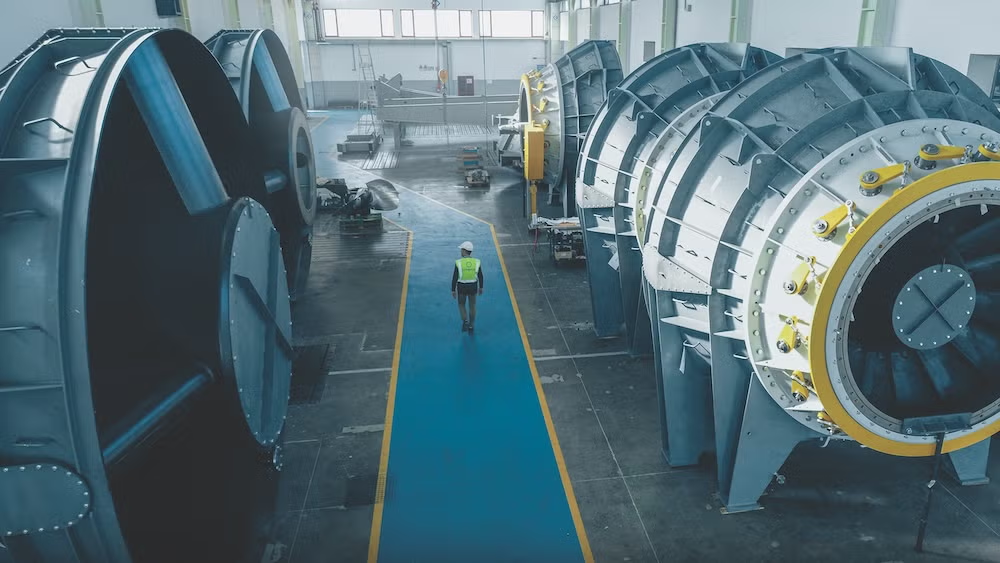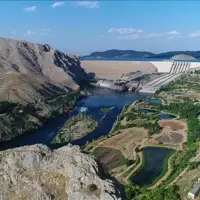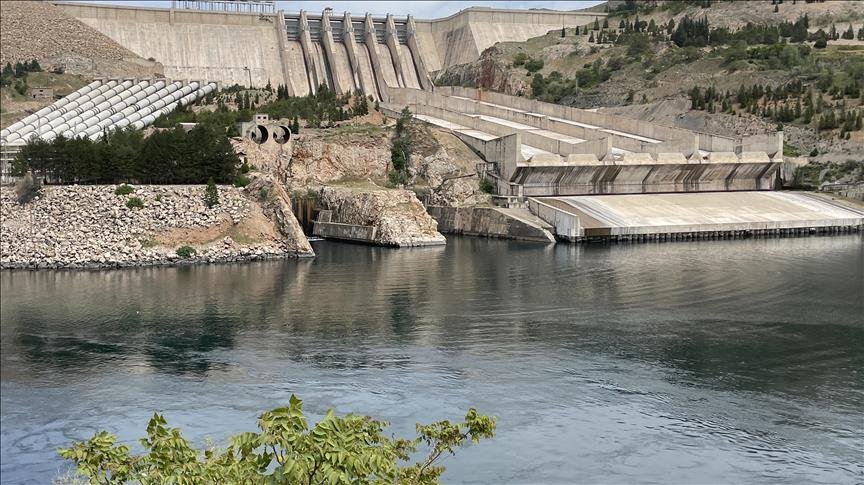Hydropower is experiencing a resurgence worldwide as aging facilities are modernized and new projects are launched to improve efficiency and secure a sustainable energy future. Recent developments in Austria, Tasmania, and Iceland illustrate the importance of hydropower in the global shift toward renewable energy.
In Austria, Energie AG Oberösterreich is investing €600 million to expand the Ebensee pumped storage power plant, supported by a €320 million loan from the European Investment Bank (EIB). This facility will act as a ‘green battery,’ stabilizing energy supply amid fluctuating wind and solar generation. This project represents the largest investment in the company’s history and a pivotal moment in Upper Austria’s energy transition. Additionally, the EIB has preliminarily approved €80 million for the Traunfall run-of-river hydropower plant, which will replace three outdated facilities. Final contracts for this project are anticipated in 2025, subject to board approval. EIB Vice-President Thomas Östros highlighted that expanding renewable energy is essential for reducing carbon emissions and decreasing Europe’s reliance on fossil fuels.
Energie AG Oberösterreich plans to invest €4 billion by 2035 in renewable energy and grid enhancements, including significant funds for green hydrogen production, as stated by Chair and CEO Leonhard Schitter. CFO Andreas Kolar noted the importance of early financial planning to support the transition to a sustainable energy system, expressing confidence in the partnership with the EIB.
In Tasmania, the Rowallan Power Station recently completed an extensive refurbishment, reinforcing the viability of hydropower infrastructure. The upgrade, which involved about 100 Hydro Tasmania staff and 60 contractors, modernized every component of the 10.5MW facility, increasing efficiency and reliability. Acting CEO Erin van Maanen emphasized the role of Rowallan in Tasmania’s hydropower network, stating that the facility is integral to generating electricity multiple times from the same water source. Site Manager Scott Tatsi detailed the comprehensive overhaul, which included sourcing specialized turbine equipment from Europe, Turkey, and Romania, enhancing the plant’s ability to provide clean energy for future generations.
Iceland is also expanding its hydropower capacity, with Landsvirkjun awarding COWI a contract for a 65MW expansion at the Sigalda Hydropower Station, set to commence in January 2025 and complete by late 2028. This expansion aims to meet rising energy demand and support critical sectors like seafood, agriculture, and manufacturing. Project Manager Eysteinn Einarsson noted that the upgraded facility will increase flexibility in energy supply, allowing Landsvirkjun to better accommodate peak demands. COWI’s Technical Lead for Hydropower, Sverrir Ó. Elefsen, emphasized the company’s extensive experience in hydropower, which allows it to deliver effective solutions globally.
In British Columbia, Canada, BC Hydro has selected ANDRITZ to provide new generators for the Bridge River 1 hydropower plant, enhancing its efficiency and reliability after more than 70 years of operation. The upgrade will increase generator capacity by 15%, aligning with British Columbia’s renewable energy goals and generating jobs in local communities.
In Italy, the Arno Project seeks to revitalize historic weirs along the Arno River to generate clean energy while preserving cultural heritage. This initiative, led by Hydroalp in collaboration with Mecc Alte, will produce 55 GWh of electricity annually, enough to power approximately 20,000 households and prevent 25,000 tons of CO2 emissions each year. Already, three of the twelve planned hydropower plants are operational, with the remainder expected to be completed by 2025.
These examples from Austria, Tasmania, Iceland, and Italy underscore the essential role hydropower refurbishment and expansion play in achieving carbon neutrality. By modernizing existing infrastructure and integrating new technologies, these projects enhance energy flexibility, reliability, and environmental responsibility, ensuring hydropower remains a key component of sustainable energy development.




